She stood as still as a statue for almost 15 minutes,
craning her neck to peer through her binoculars at a spot near the top of a tree.
Her gaze was locked on the spherical, green-tinged fruit of the Litsea elliptica, a tree native to Singapore’s forests.
But it was not just the sun-kissed orbs she was eager to see – the wildlife ecologist was hoping for bird activity too. Specifically, she wanted to see if the fruits tempted any birds to swallow them whole, and if so, what species they were.
Mother Nature, however, would not be summoned.
“No interactions,” reported Ms Fung Tze Kwan, 35, as she lowered her binoculars, and went off in search of the next fruiting tree marked out on her map.

The doctoral researcher from the National University of Singapore’s Centre for Nature-based Climate Solutions is studying how fruit-eating birds in the forest help in seed dispersal, and how such interactions help with forest recovery.
“Different fruit-eating animals have their own preferences for food tree species, and have varying effectiveness as seed dispersers,” she said. “If we know what fruits and seeds of forest trees they eat and disperse, we can help our forest regenerate naturally with the help of our natural restoration partners.”
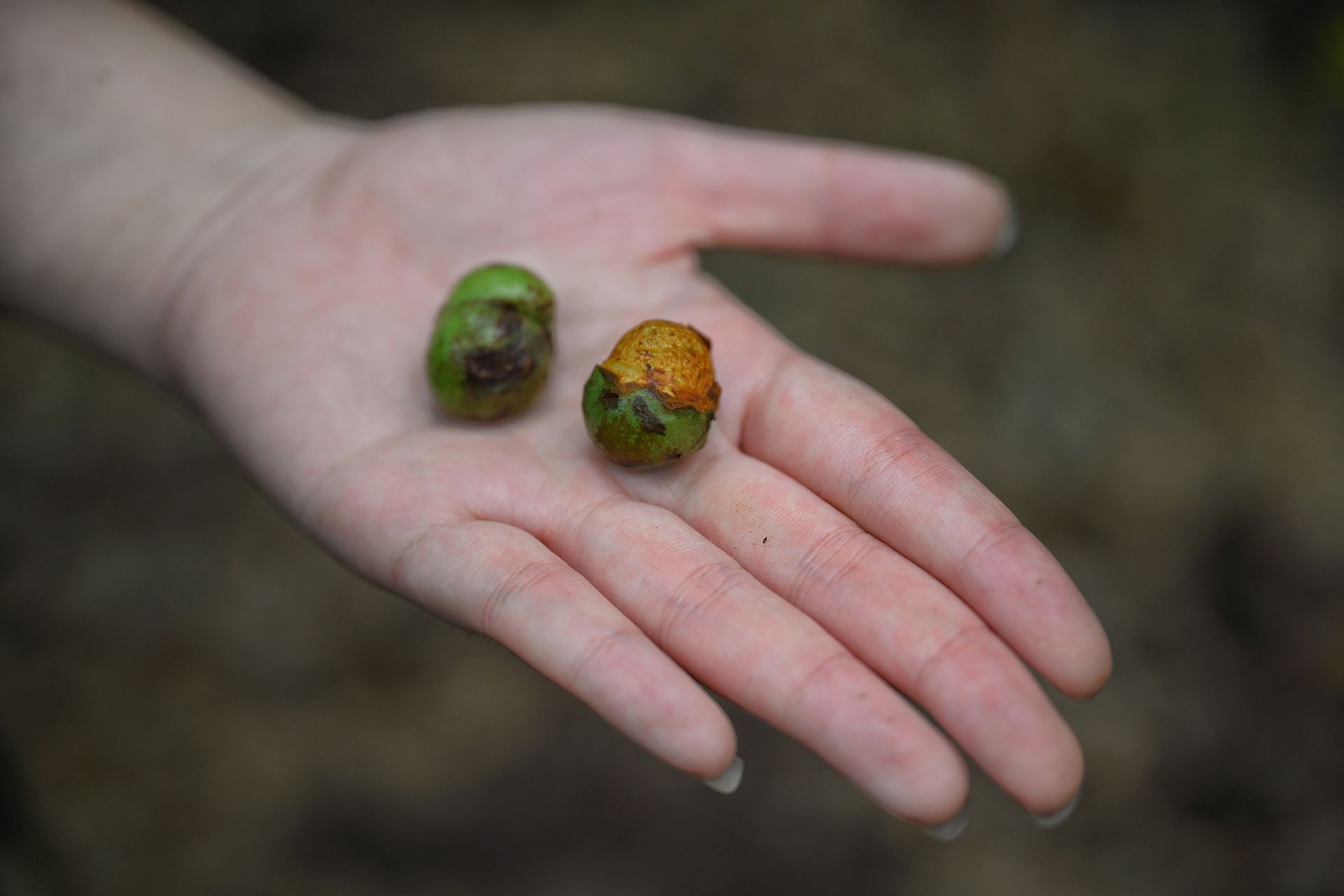
The tropical forest is more than just a collection of trees – it is a tapestry of life, connected by complex relationships between flora and fauna.
Ms Fung and her collaborators from the National Parks Board (NParks) are trying to get a better understanding of this complex web of life by piecing together a network of interactions that will connect the world of plants to their feathered gardeners.
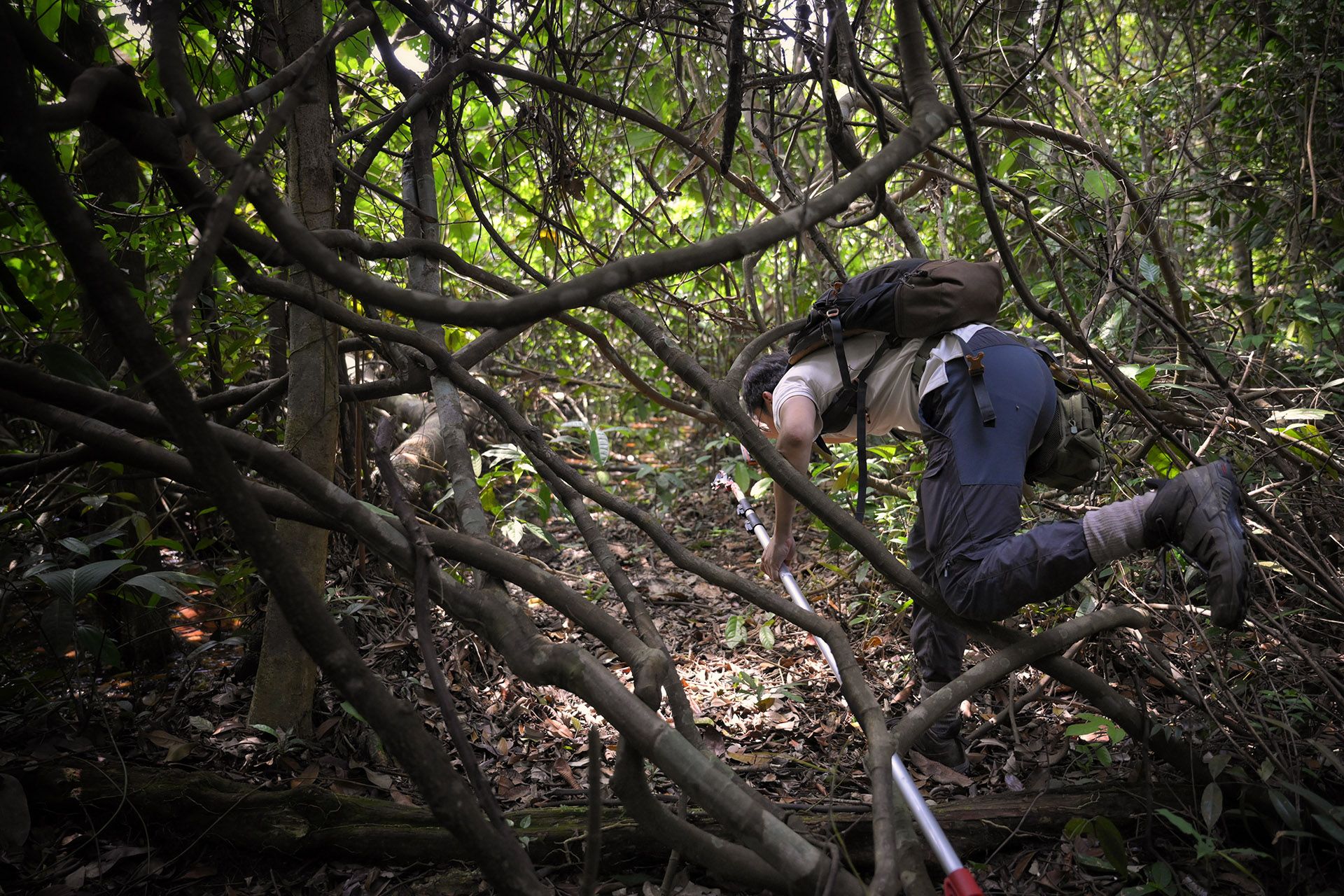
This project is one of the first in Singapore that aims to systematically quantify the fruit-eating behaviour of birds in the forest and how it helps with seed dispersal, said Dr Chong Kwek Yan, a senior researcher at NParks (above).
Previously, such observations were anecdotal and ad hoc in nature, added Dr Chong, who is from the research and conservation branch of the Singapore Botanic Gardens.
For example, nature photographers might capture a shot of a bird feeding on the fruit of a plant, or researchers may come across such a sight by chance while out in the field for some other purpose.

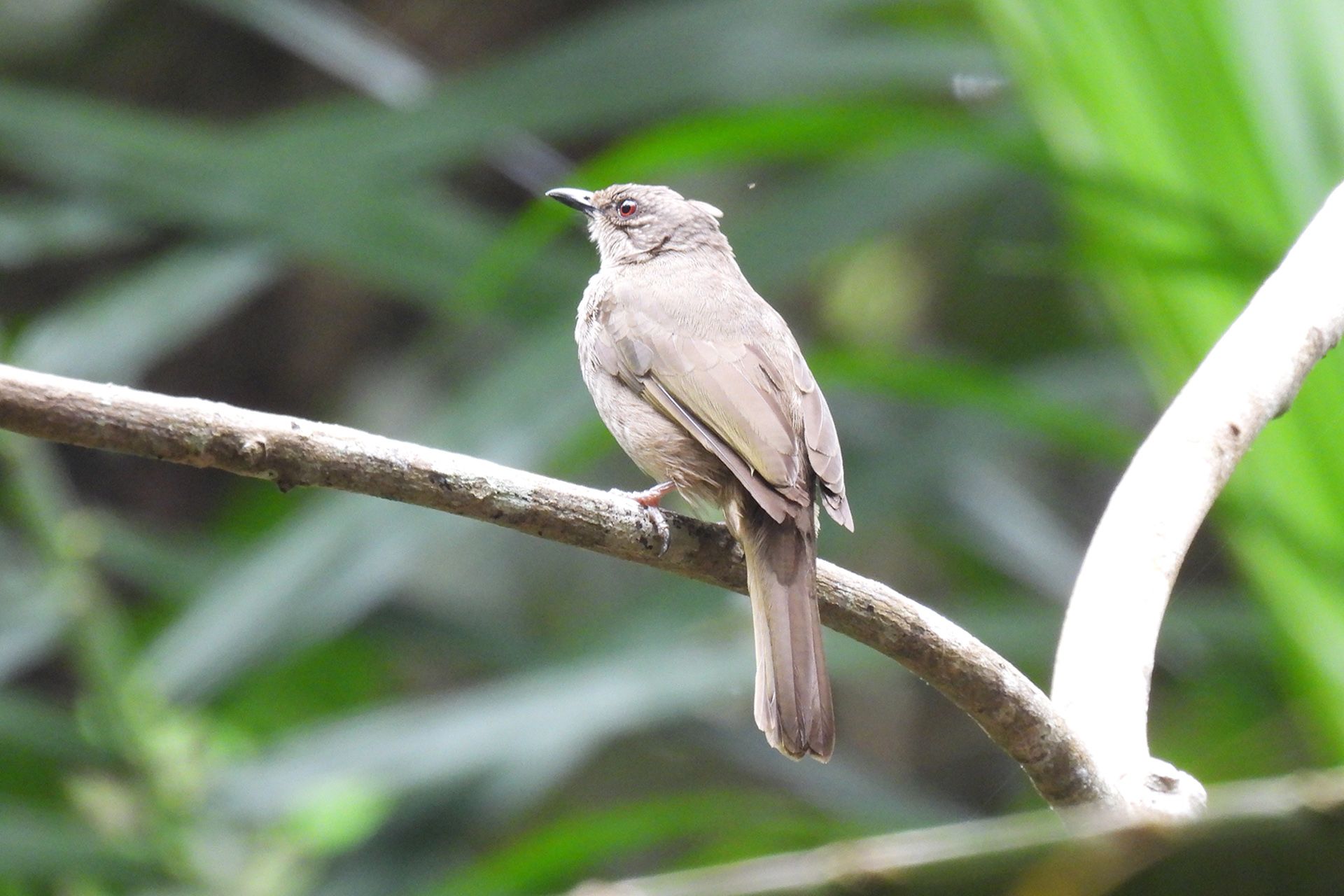
As part of year-long field surveys which began in January, Ms Fung will record any plant-frugivore (fruit-eater) interactions she observes at 14 forest plots across Singapore. Together with NParks, she is also monitoring tree seedlings within these plots to examine how these plants might have arrived there.
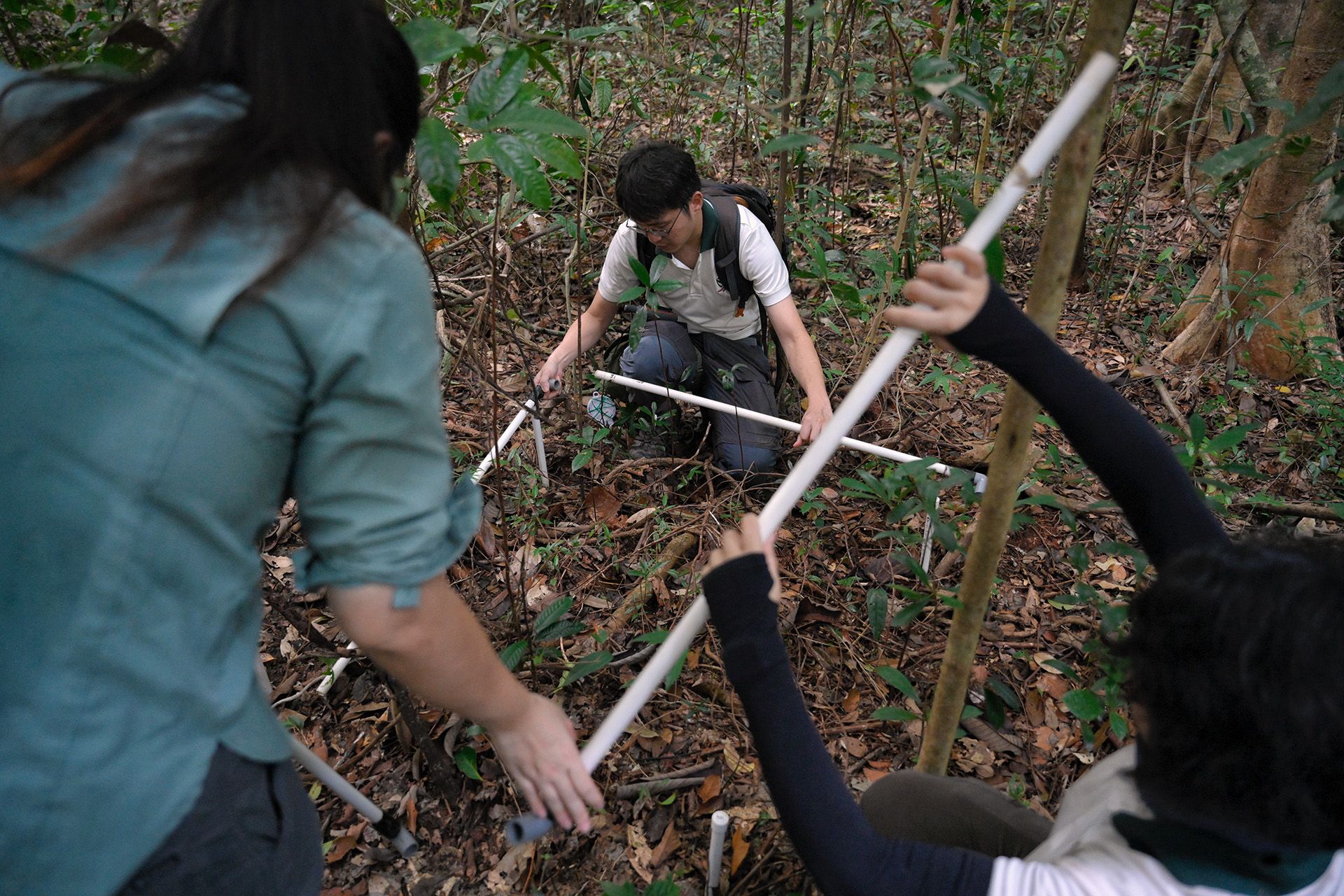
Eight of her study sites are located within the Central Catchment Nature Reserve, while the rest are located in nature parks. “The plots are selected to capture a range of land-use histories, which have an impact on the tree and animal communities and thus potentially varying fruiting activity and interactions,” Ms Fung said.
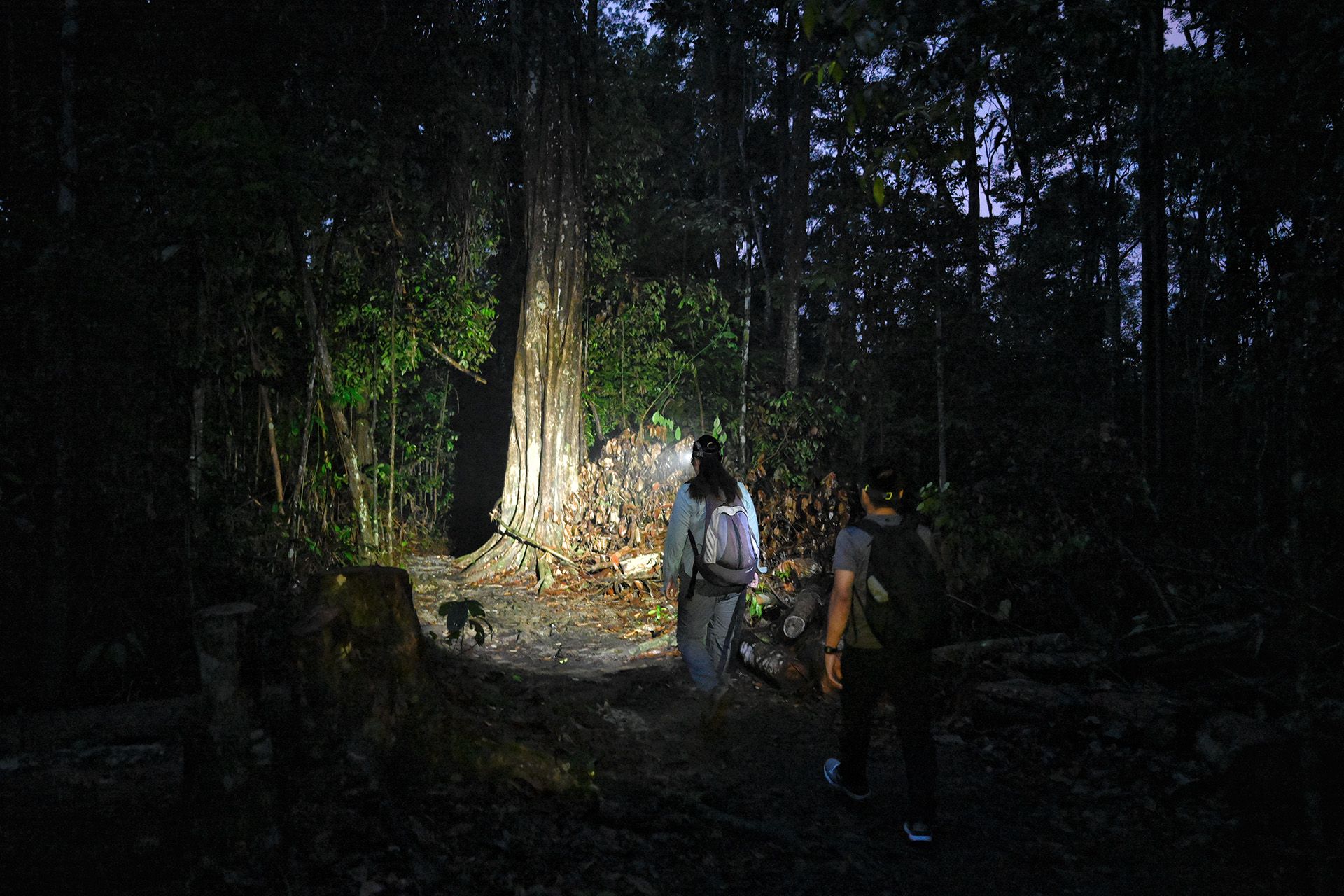
For example, some plots within the nature reserve are at later stages of forest maturation, with vegetation of more complex structures, while plots in the nature parks may have remnants of fruit trees from former villages or kampungs.
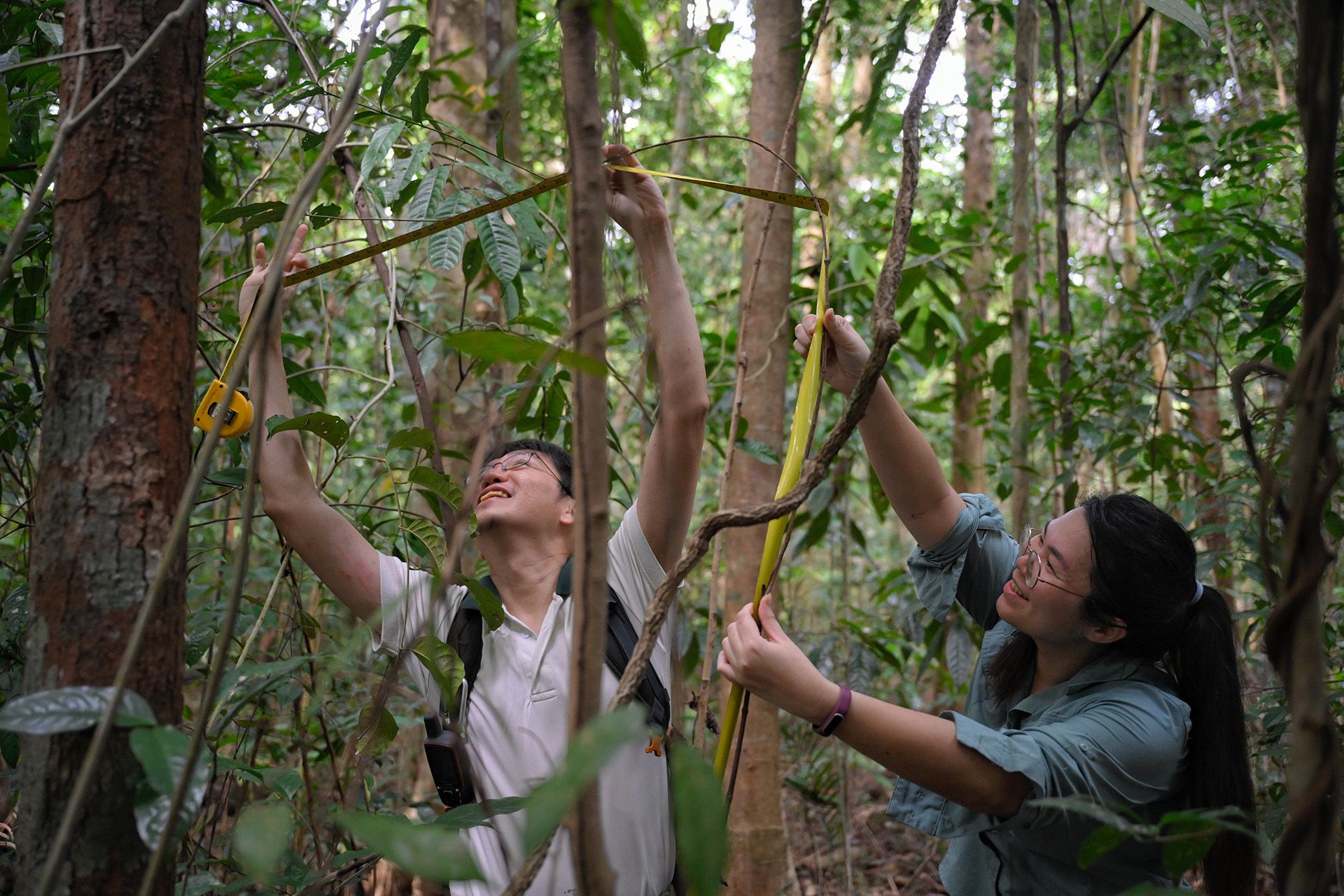
Her 14 study sites are part of a larger network of 160 forest plots in NParks’ long-term forest ecological monitoring plot network.
NParks researchers routinely monitor this network of forest plots, tagging seedlings, measuring trees and monitoring the presence of wildlife through physical surveys and with the help of technology such as camera traps and acoustic sensors.
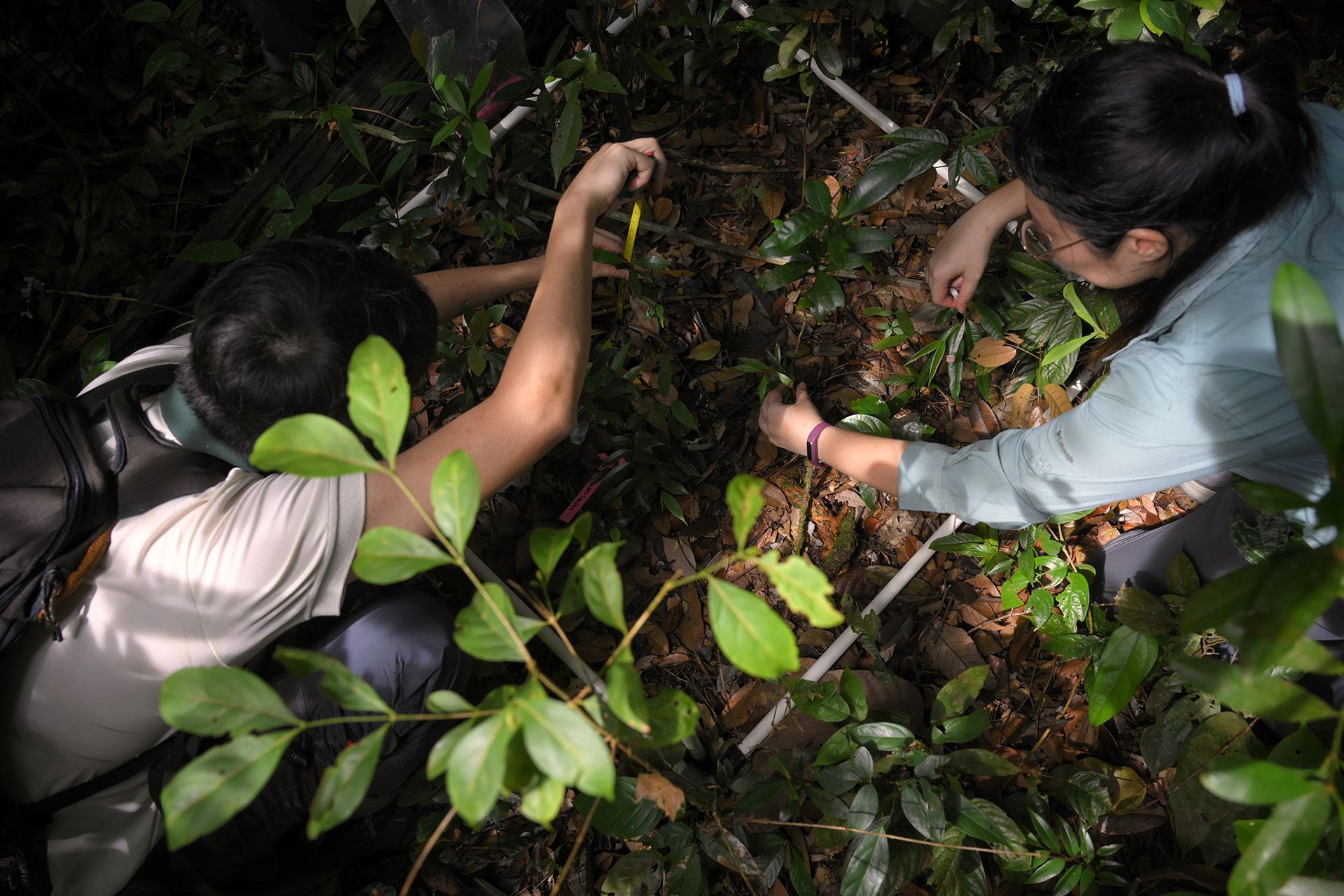
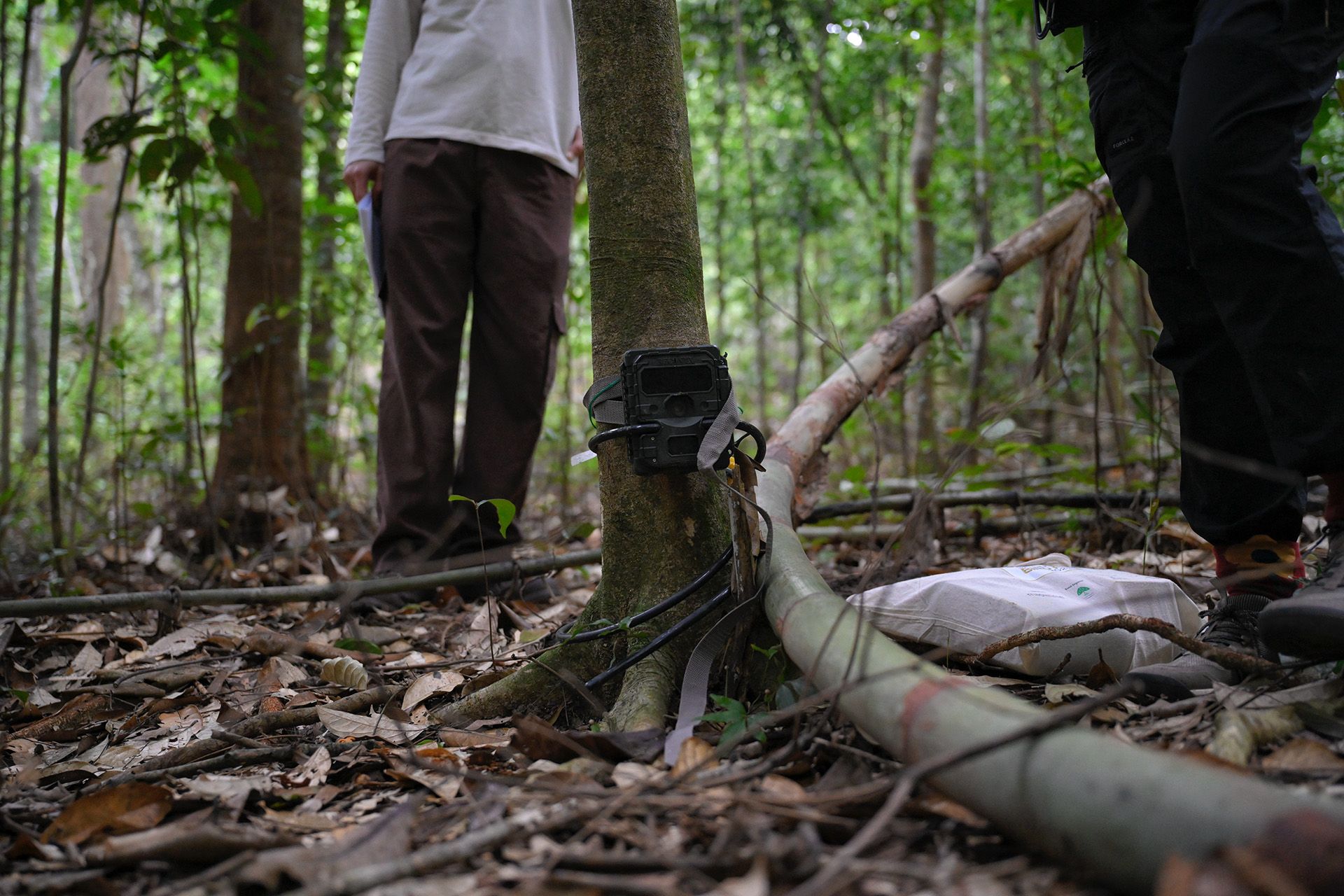
They inform Ms Fung whenever they observe signs of flowering and fruiting in the trees within her study sites, and she goes down to watch for signs of avian appetites being satiated.
“Such studies are highly labour-intensive, and for the plant-frugivore interaction to occur, it depends on many factors, including the fruiting activities of the trees, and the presence and abundance of the bird species in the area. Field data on plant-frugivore interactions in Singapore and South-east Asia is sorely lacking,” she said.
“This is one of the important knowledge gaps that, when filled, can help to inform our conservation and reforestation strategies.”
Having studied the diet of and seed dispersal by common palm civets since 2011, Ms Fung has seen first-hand how information on wildlife dietary habits can aid in conservation.
By observing these native mammals and analysing more than 600 pieces of their poop, she found that the civets feed on and are dispersers of more than 41 species of seeds, including those of the common fishtail palm and the critically endangered seashore nutmeg.
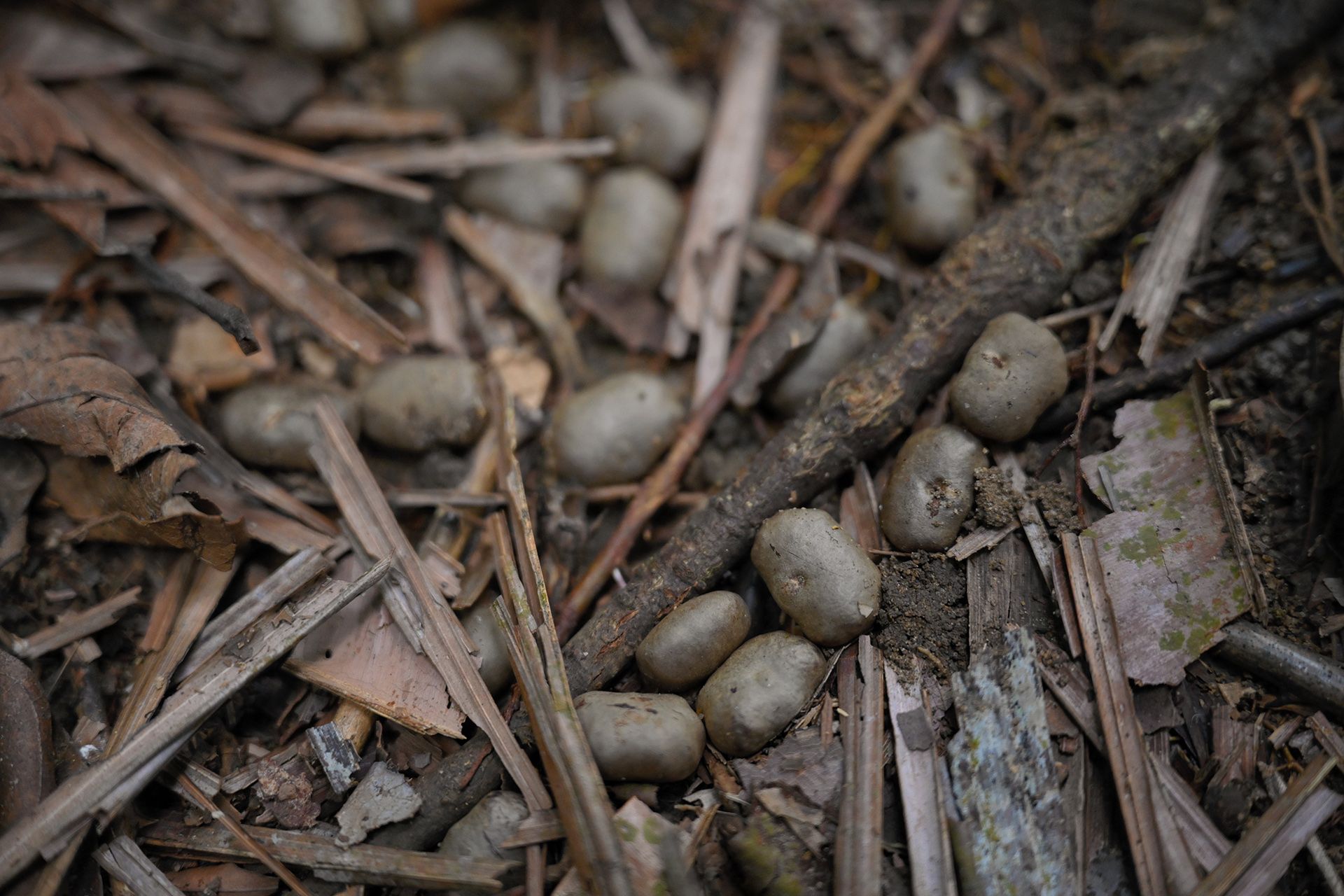
“Through actively sharing my findings with NParks, these food tree species are now included in the planting selection for reforestation projects, such as the Forest Restoration Action Plan, part of the One Million Trees movement,” she recalled.
Asked about the implications of her ongoing research, Ms Fung said that the diet and seed dispersal roles of wildlife in Singapore’s forests are still unclear.

“We know that there are highly frugivorous birds in the Central Catchment Nature Reserve, including the straw-headed bulbul, which is globally critically endangered,” she said of the fruit-eating birds. “If we know what our rare and endangered animals are eating, it could help to inform our biodiversity conservation plans.”
But mapping out these interactions will not be easy.
As she lowered her binoculars for the umpteenth time within a span of three hours, still reporting no signs of any plant-animal interactions, I ask her if she feels disappointed when she leaves a study site with no outcomes.
“Well, it’s nature, after all,” she said, matter-of-factly. “I can’t control it, but I can monitor it.”
Have any photographs showing interactions between plants and fruit-eating animals? Submit your sightings at https://ebird.org/home or https://www.inaturalist.org/